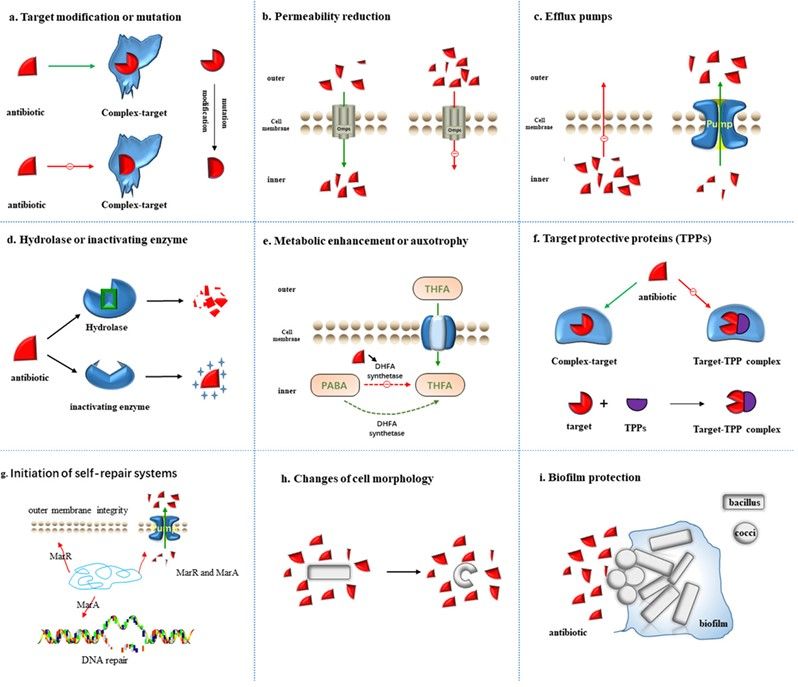Creative Biolabs is dedicated to offering a professional and timely mechanism investigation service for bacterial infection research. This service is geared towards the detailed identification of targets or biochemical pathways in bacteria affected by potential research-grade hits.
Our primary research services incorporate a diverse range of molecular and cellular techniques to investigate how hit modulates host function to affect infection. We delve deep into the role of hit on microbial pathogenesis to understand the effects of hit on microbial-host molecular interactions including adhesion, invasion and damage. Our service offerings cover,
Mechanism investigation helps researchers comprehend how certain drugs interact with bacteria, and how they hinder or slow down their growth and reproduction.
Knowledge of the mechanism provides predictions of drug behavior within the body. It helps in hypothesizing how the drug will perform under different physiological or pathological conditions.
Mechanism investigation of different bacterial species can also help in distinguishing among various bacterial strains. This could aid in developing targeted drug therapies.
Studying the mechanisms of bacterial infections can help identify reasons for bacterial resistance to certain antibiotics.
Understanding the principles by which a drug operates can guide the design and synthesis of more potent and selective drugs.
Drug characterization can help in understanding the potential side effects and adverse reactions that could be caused by its interaction with the bacteria. This would aid in creating safer drugs ensuring minimal negative impacts.
 Fig. 1 Mechanisms of resistance in bacteria.1
Fig. 1 Mechanisms of resistance in bacteria.1
At Creative Biolabs, we provide extensive mechanism investigation services dedicated to bacterial infection research, bringing you a step closer to understanding the nature and mechanism of bacterial infections and developing effective hit discovery strategies. Please contact us to discuss how we can support your mechanism investigation journey.
Reference: